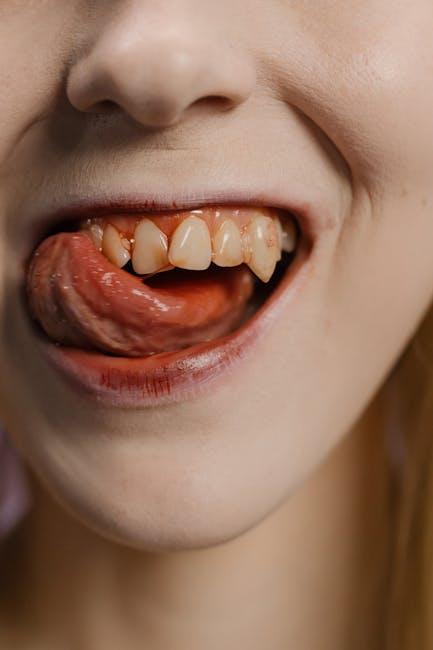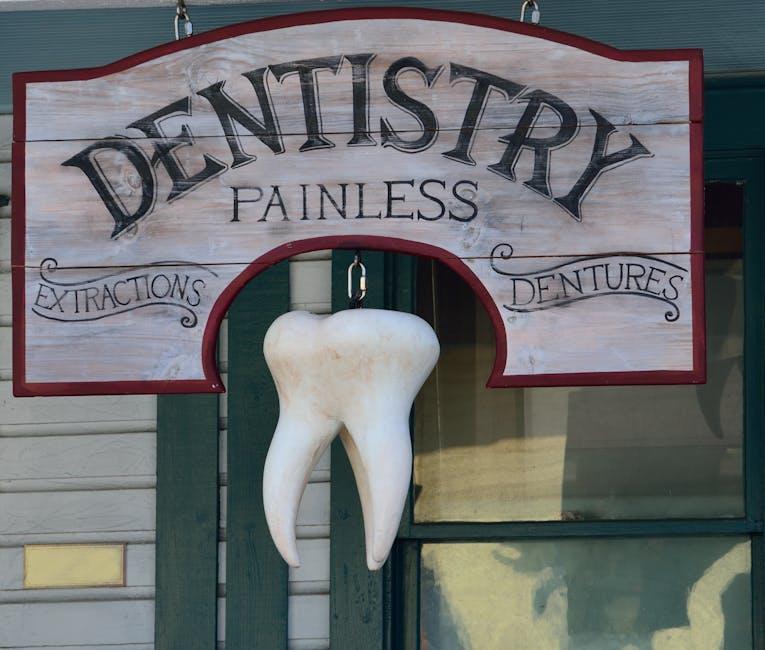
A Dental Response to the COVID-19 Pandemic — Safer Aerosol-Free Emergent (SAFER) Dentistry | Frontiers
As the COVID-19 pandemic swept across the globe, dentistry as a profession faced unprecedented challenges. The high risk of virus transmission via aerosols created by conventional dental equipment necessitated innovative solutions to ensure patient and provider safety. One pioneering approach that emerged is Safer Aerosol-Free Emergent (SAFER) Dentistry, a strategy designed to provide urgent dental care without generating aerosols. This article explores how SAFER Dentistry has transformed dental practice during the pandemic and continues to influence safer care standards.
Understanding SAFER Dentistry: What Is It?
SAFER Dentistry is a clinical protocol designed to minimize aerosol production during dental procedures, particularly when treating emergent or urgent dental conditions. During the COVID-19 pandemic, aerosols were identified as a primary transmission vector of SARS-CoV-2 in dental clinics, as many common dental tools, like ultrasonic scalers and high-speed drills, generate these fine particles.
Instead of traditional aerosol-producing interventions, SAFER Dentistry emphasizes techniques and tools that do not create airborne droplets, such as hand instrumentation and chemical management of dental infections.
Key Features of SAFER Dentistry
- Aerosol-free protocols: Procedures avoid tools that produce aerosols to reduce airborne viral transmission.
- Emergent care focus: Prioritizes treatment of urgent dental issues like pain, infection, and trauma.
- Minimal contact and time: Efficient treatments that reduce patient exposure time in clinics.
- Use of alternative techniques: Employs hand instruments, Silver Diamine Fluoride (SDF), interim therapeutic restorations, and pharmacologic management.
Why SAFER Dentistry Matters in the COVID-19 Era
The pandemic exposed vulnerabilities in dental infection control due to aerosol-generating procedures (AGPs). These AGPs create fine particles that can linger in the air, potentially harboring viruses. SAFER Dentistry addresses these risks head-on by restructuring emergent care with aerosol avoidance as a centerpiece.
Benefits of SAFER Dentistry
- Reduced viral transmission risk: Lower aerosol generation means less chance of airborne virus spread between patients and staff.
- Continued access to urgent dental care: Patients receive necessary treatments without delay, preventing complications.
- Increased safety and confidence: Both dental professionals and patients feel safer during the appointment.
- Cost-effectiveness: Limiting complex AGPs reduces operating costs related to PPE and extended room turnover times.
- Environmental sustainability: Less use of disposable PPE and fewer chemical disinfectants contribute to greener practice.
SAFER Dentistry Techniques and Tools
SAFER Dentistry relies on a range of adapted techniques that maintain clinical effectiveness without aerosol production. Some common approaches include:
| Technique/Tool | Description | Benefits |
|---|---|---|
| Hand Instrumentation | Manual scaling and caries removal using hand scalers and excavators. | Prevents aerosol spread and maintains effective plaque and decay removal. |
| Silver Diamine Fluoride (SDF) | Non-invasive topical agent to arrest dental caries without drilling. | Quick, painless caries control; ideal for high-risk or uncooperative patients. |
| Interim Therapeutic Restorations (ITR) | Temporary restorations placed without aerosol generation. | Offers immediate relief and stops disease progression until definitive care. |
| Tele-dentistry Triage | Remote evaluation and prescription to reduce unnecessary visits. | Limits in-person contact and prioritizes critical cases for SAFER interventions. |
| Pharmacologic Management | Use of analgesics and antibiotics to manage symptoms and infections. | Controls pain and infection when immediate dental procedures must be deferred. |
Practical Tips for Implementing SAFER Dentistry in Your Practice
Dental clinics aiming to incorporate SAFER Dentistry protocols can benefit from the following practical guidelines:
- Train the team: Educate staff on aerosol risks, new techniques, and updated infection control protocols.
- Screen patients rigorously: Use pre-appointment questionnaires and temperature checks to reduce exposure.
- Invest in hand instruments: Stock quality hand scalers and caries excavators for aerosol-free interventions.
- Use tele-dentistry: Incorporate virtual consultations to evaluate emergent cases before scheduling visits.
- Communicate safety measures: Transparently share your infection control steps to build patient trust and reduce anxiety.
- Modify scheduling: Allow adequate ventilation and room turnover time between patients to minimize contamination.
Case Study: The Impact of SAFER Dentistry During COVID-19
At a community dental clinic in New York City during the 2020 pandemic peak, faculty integrated SAFER Dentistry to manage emergency cases safely:
- Patient volume: Despite limitations, urgent care appointments increased by 30%, reducing non-COVID-related hospital visits.
- Outcomes: 85% of patients treated with SAFER methods avoided aerosol-generating procedures successfully.
- Feedback: Patient satisfaction rose due to perceived safety, comfort, and minimal treatment invasiveness.
This case underscores the feasibility and effectiveness of SAFER Dentistry in maintaining essential dental services during public health crises.
Frontiers in SAFER Dentistry: Future Directions
While SAFER Dentistry rose from necessity during COVID-19, its principles align well with long-term infection control improvements. Ongoing research published in Frontiers in Dentistry and related journals emphasizes:
- Development of new aerosol-free instrumentation technologies
- Enhanced chemical agents for non-invasive caries and periodontal management
- Integration of digital dentistry and artificial intelligence in triage and diagnosis
- Broader adoption of aerosol-free protocols for routine procedures to safeguard against future pandemics
SAFER Dentistry thus represents not just a pandemic response but a significant evolution in dental care practices.
Conclusion
The COVID-19 pandemic has been a catalyst for innovation in dental healthcare, pushing professionals to rethink traditional methods and prioritize infection control like never before. Safer Aerosol-Free Emergent (SAFER) Dentistry is a groundbreaking approach that minimizes aerosol exposure, enabling urgent dental care delivery safely and effectively. By embracing SAFER Dentistry techniques, dental providers can maintain essential treatments during pandemics, enhance patient and staff safety, and lay the groundwork for a resilient future in dental care.
Dental professionals, clinics, and patients alike stand to benefit from this forward-thinking, evidence-based approach — ensuring that oral health remains a priority under all circumstances. If you want to learn more about implementing SAFER Dentistry in your practice or stay updated with research from Frontiers, keep exploring trusted dental platforms and continuing education resources.


